
A Man Knocked Down His Basement Wall, Discovering Ancient Underground City That Housed 20,000 People
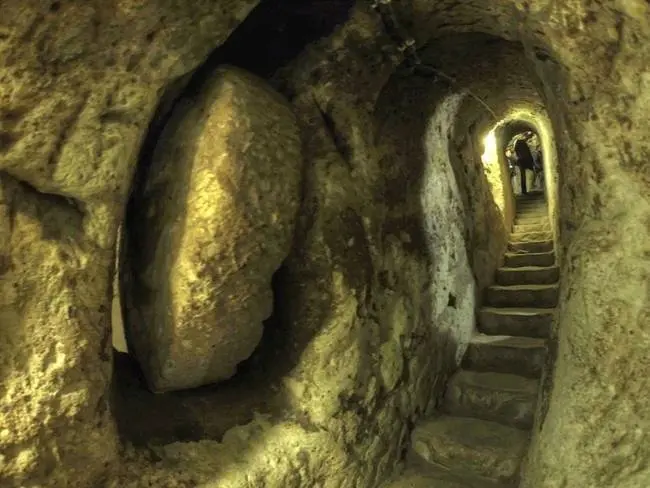
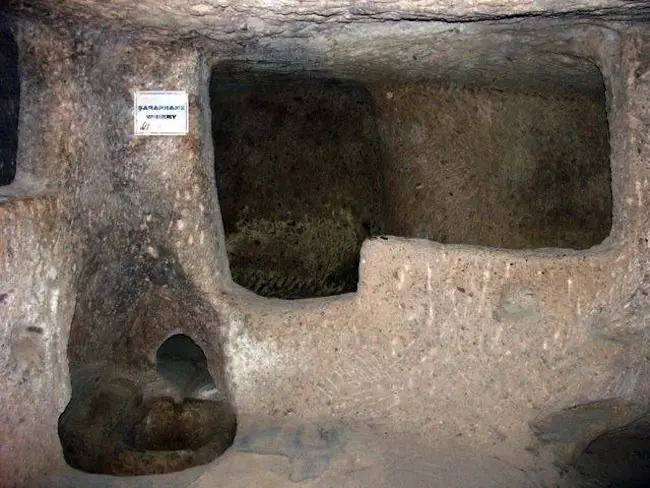
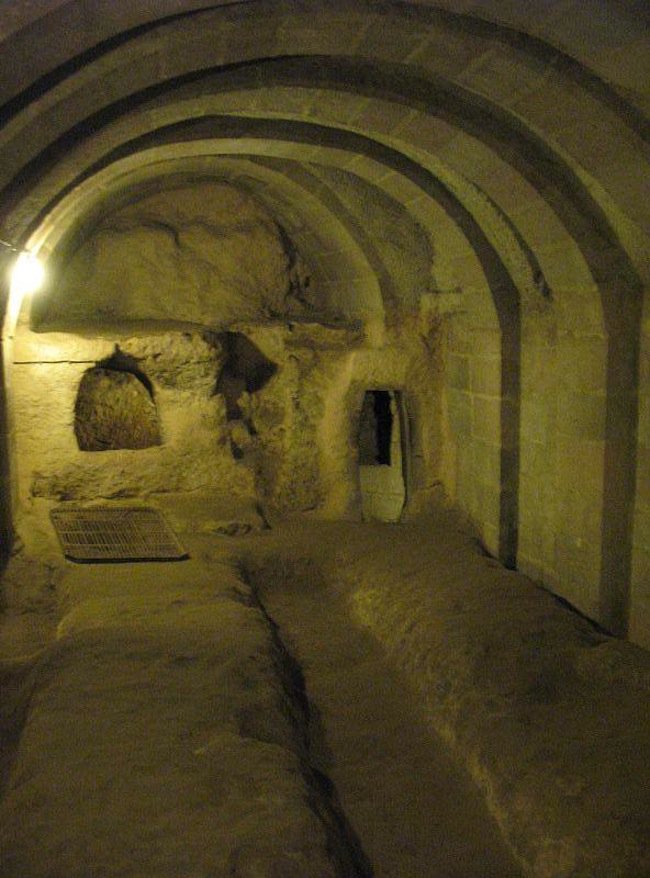
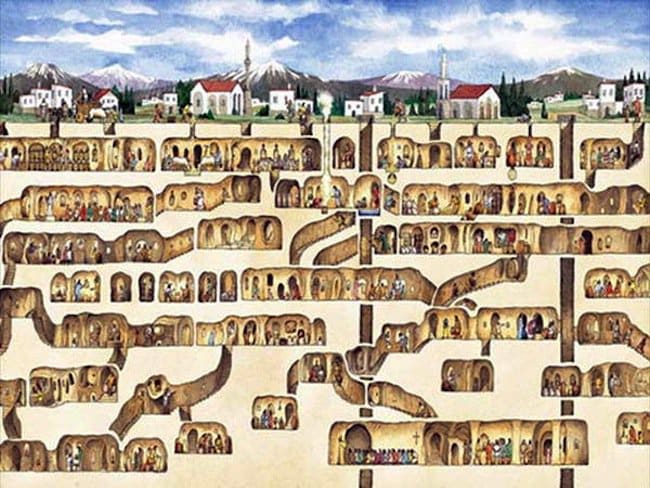
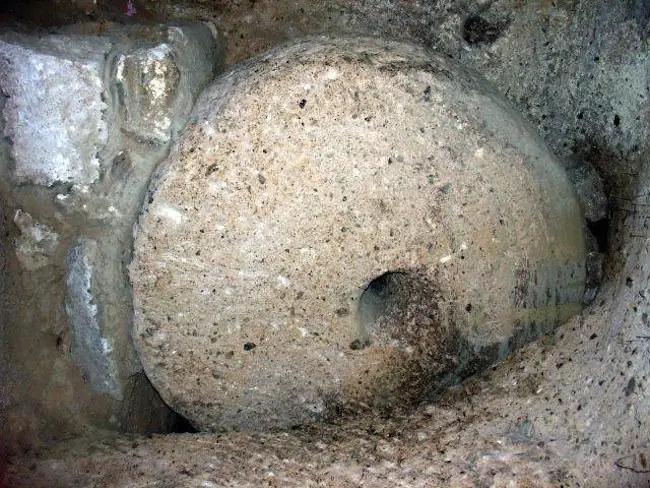
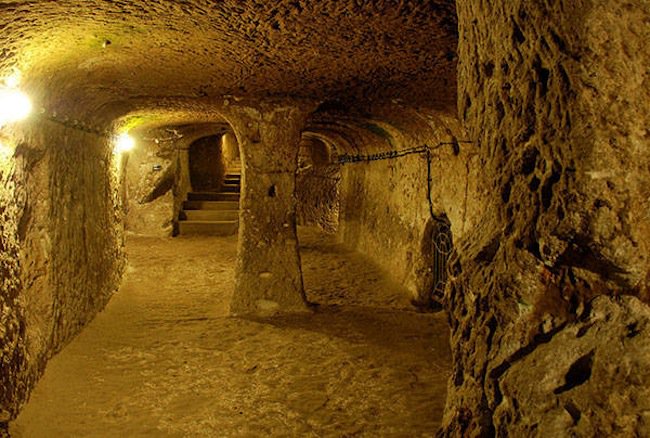
Imagine renovating your home and tearing down a wall, only to discover a hidden tunnel leading to a vast underground city beneath your feet. Though this sounds like a story straight out of a fantasy novel or an adventure movie, it actually happened in real life to a man in Turkey in 1963. This man, living in the Cappadocia region within Nevşehir province, was stunned to find a secret tunnel behind a wall in his house. This tunnel led to the remarkable ancient underground city of Derinkuyu—one of the most extraordinary archaeological discoveries in modern times. Keep reading to learn more about this fascinating and mysterious subterranean world.
Derinkuyu is famous for its multiple hidden tunnel entrances scattered across the Cappadocia region. These entrances allowed access to a sprawling city carved deep into the volcanic rock—extending as far as 60 meters below the surface and containing as many as 18 distinct levels. This underground marvel was ingeniously designed to accommodate around 20,000 people along with their livestock. The city was a self-sufficient complex, featuring living quarters, churches, food storage rooms, wineries, and even a dedicated school for religious studies. Clever ventilation shafts connected the entire city to the surface, ensuring fresh air circulated throughout the subterranean labyrinth. The discreet entrances, like the one discovered by the DIY enthusiast in 1963, were carefully concealed to protect inhabitants from invading forces or natural disasters.
Below the surface, one can still see rooms that served various purposes, including large spaces designed for worship and education. One notable room functioned as a religious school, highlighting the city’s role not just as a refuge but as a vibrant community hub. Throughout the Middle Ages and continuing into the early 20th century, Derinkuyu was used primarily by Christian communities who sought shelter from various threats.
Historical records and archaeological evidence suggest that Derinkuyu was connected by underground tunnels to several neighboring subterranean cities, forming an extensive network that allowed people to move between locations safely and secretly. The construction of the city is believed to have begun as early as the 7th or 8th century BCE, with continuous usage and expansion lasting through the 12th century. In the 1300s, it served as a refuge from the Mongolian invasions, offering protection against marauding armies. The city was finally abandoned in 1923 as modern times and new political realities changed the way local communities lived.
One of the most impressive features of Derinkuyu are the massive stone doors that could seal off the city’s entrances. These doors were intricately designed to roll open and shut by fitting a wooden beam into a central hole, providing both security and ease of movement for the inhabitants. During peaceful times, the underground city was primarily used for storing food and supplies, showcasing its dual role as both a shelter and a functional settlement.
After its accidental rediscovery in 1963, Derinkuyu was carefully excavated and restored, eventually opening to the public in 1969. Today, roughly half of this underground city is accessible to tourists and history enthusiasts, offering a unique glimpse into an extraordinary ancient civilization’s way of life. Visitors can explore its labyrinthine tunnels, rooms, and hidden passages, stepping back in time to witness the ingenuity and resilience of the people who once called this underground city home.
News in the same category


Humanity Has Officially Found 6,000 Exoplanets, NASA Announces

There’s A 90% Chance of Black Hole Explosion in the Next Decade, Scientists Say

Prime views of the Andromeda Galaxy and Ceres—October 2

Northern Lights Could Be Seen in Northern U.S. — Sept 30 – Oct 1, 2025

Alnitak, Alnilam, and Mintaka: Orion’s Belt Stars Thousands of Light-Years Away

Humanity Preserved: A 5D Crystal Holds 360 TB of Our Genome to Outlast Civilization

Researchers make groundbreaking discovery about ChatGPT after testing it with 2,400 year-old math problem

Why this city has introduced a screen time limit of 2 hours per day

The Truth Behind the Bermuda Triangle May Be Scarier Than UFOs

Over 99% of peer-reviewed studies confirm climate change is real and driven by humans

Passenger lands in hospital after humiliating TSA spat over stubborn jewelry
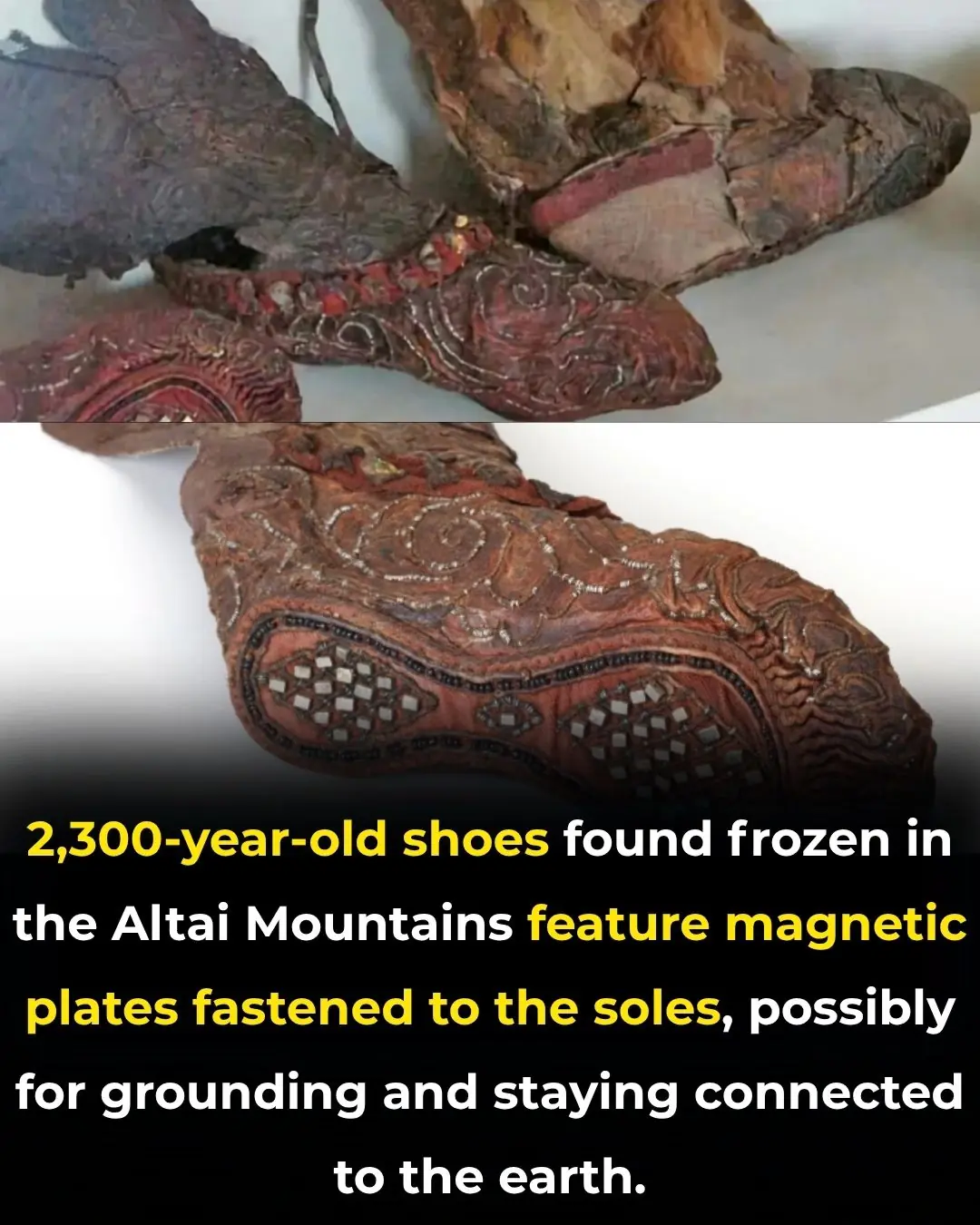
Magnificent 2300-Year-Old Scythian Woman’s Boot: A Timeless Fashion Statement

Mind-Blowing Cloud Formations You Probably Haven’t Seen Before

On the southern edge of the world, a waterfall runs red as blood

Rare reddish-orange snowy owl in Huron County captivates birdwatchers

Wildlife Crossings: A Vital Solution for Highway Safety and Biodiversity Conservation
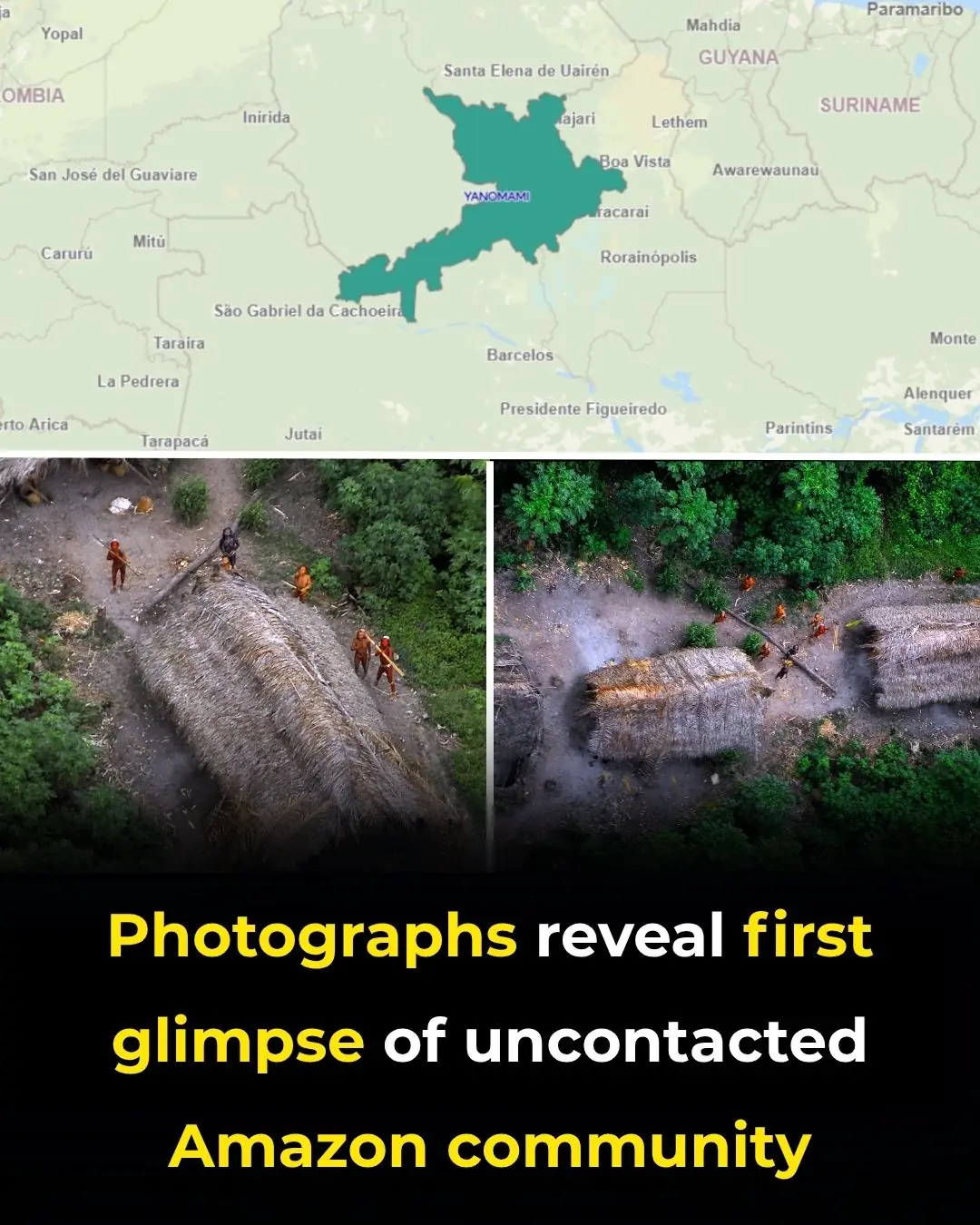
Photographs reveal first glimpse of uncontacted Amazon community

Floating Gardens on Parking Lot Roofs: Japan’s Green Revolution
News Post

Aloe Vera and Cinnamon Remedy: Natural Benefits for Eye Health, Immunity, and Healing

12 Powerful Benefits of Moringa Seeds

Goldenberries (Physalis peruviana): A Nutrient-Packed Powerhouse for Health and Vision

Oregano: The Golden Herb for Eye Health

Some of the Benefits of Castor Leaves and the Seed

10 Benefits and uses of purslane

Chanca Piedra (Stonebreaker): Benefits and Uses

Do you need to unplug the rice cooker after the rice is cooked: The surprising answer November 27, 2024

7 Benefits Of Papaya Seeds & How To Consume Them Correctly

Bougainvillea likes to 'eat' this the most, bury it at the base once and the flowers will bloom all over the branches

The elders say: "If you put these 3 things on top of the refrigerator, no matter how much wealth you have, it will all be gone." What are these 3 things?

Can rice left in a rice cooker overnight be eaten? Many people are surprised to know the answer.

After boiling the chicken, do not take it out immediately onto a plate. Do one more thing to make sure the chicken is crispy, the meat is firm, and the skin does not fall apart when cut.

Cut this fruit into small pieces and put it in the pot to boil the duck: The bad smell is gone, the meat is fragrant, soft and flavorful.

Warts on Hands: Causes and Effective Natural Treatments

Medicinal Health Benefits of Turmeric, Curcumin and Turmeric Tea Based on Science

4 ways to preserve green onions for a whole month without spoiling, fresh as new

The best way to lower blood pressure fast!

9 Habits You Need To Adopt Today To Stop Alzheimer’s or Dementia Before It Starts
